Fixing your own home appliances can save you time and money. You don’t always need the manual to troubleshoot issues. This article gives you general tips for diagnosing and fixing common problems in household gadgets like washing machines, refrigerators, and microwave ovens.
Safety First
Before you touch any appliance, unplug it from the electrical outlet. Make sure you also turn off any water supply connected to the appliance. Read the manual and warning labels on the device to understand the risks involved. Always wear protective gloves and eyewear when working.
Tools You’ll Need
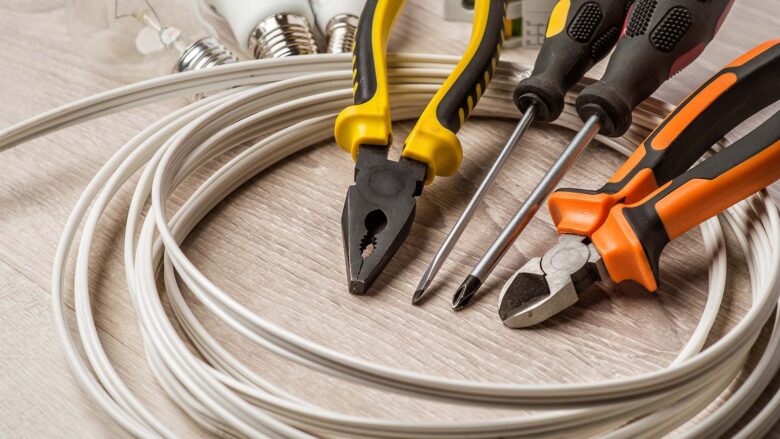
Keep a standard toolkit nearby. A set of screwdrivers, pliers, a wrench, electrical tape, and a multimeter are usually sufficient for most repairs. These tools help you open the appliance, tighten loose components, and check for electrical issues.
Identify the Problem
Turn the appliance on and observe what happens. Listen for unusual noises and look for visible issues like leaks or smoke. This helps you understand what part you need to focus on.
Washing Machine Troubleshooting
Washing machines commonly face issues like failing to start, not spinning, or making loud noises. If your machine doesn’t start, first check the power connection. Loose or damaged plugs can cause this. Tighten or replace the plug and try again.
If your washing machine is noisy, open the back panel and check the drum and motor. Foreign objects like coins can sometimes get stuck and create noise. Remove any foreign objects you find.
Fridge Fixes
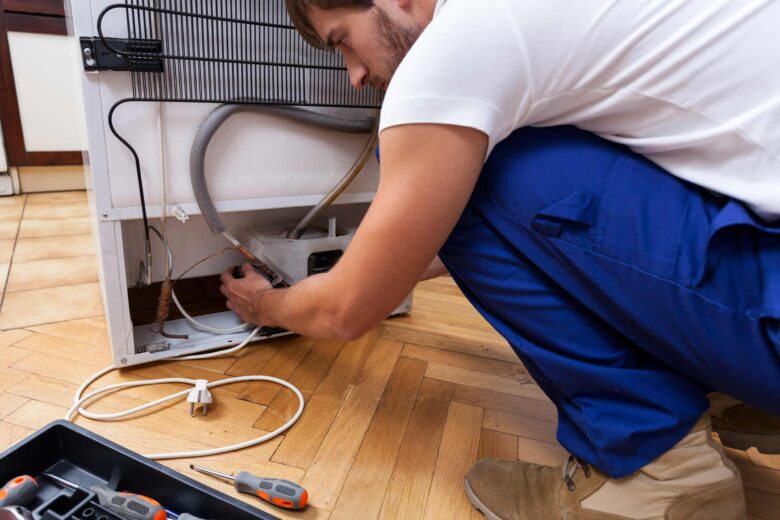
If your fridge isn’t cooling well, start by checking the thermostat settings. Someone might have accidentally changed them. If that’s not the case, pull the fridge out and check the coils at the back. Dust accumulation can reduce cooling efficiency. Clean the coils with a vacuum cleaner.
Another common issue is water leaking from the fridge. This usually happens due to a blocked defrost drain. Locate the drain, usually found at the back, and use a piece of wire to clear any blockage.
Microwave Repairs
If your microwave doesn’t heat food evenly, the issue could be with the turntable motor. Turn the microwave on and observe the turntable. If it’s not rotating, you may need to replace the motor. To access it, remove the bottom panel of the microwave.
For a microwave that doesn’t start at all, check the door latch. A faulty latch can prevent the microwave from starting. If you find it broken, you can usually buy a replacement part online.
Oven Solutions
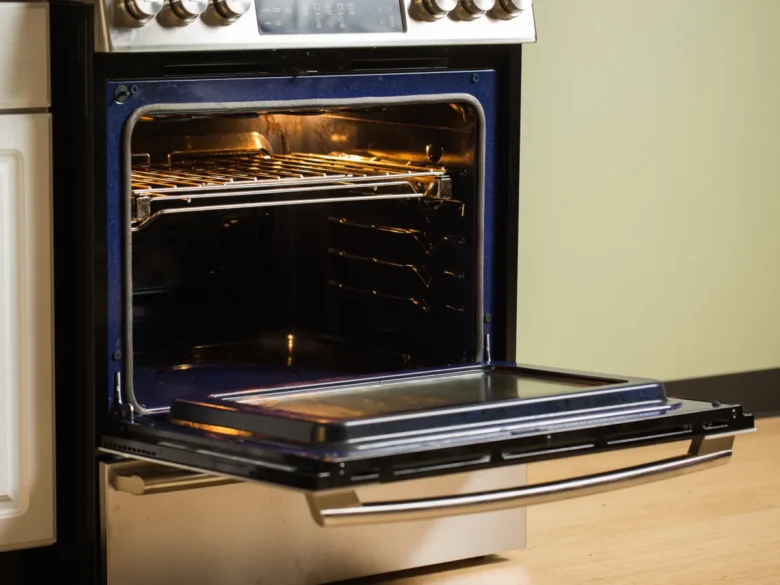
Ovens can sometimes fail to heat or take a long time to reach the desired temperature. Check the heating elements for visible damage. If they look fine, use a multimeter to test for electrical continuity. Replace the elements if they fail the test.
For gas ovens that aren’t heating well, the issue might be a faulty igniter. Access the igniter, usually located at the bottom, and look for signs of wear. Replace it if needed.
Water Heater Woes
Water heaters can have issues like inconsistent temperature or no hot water at all. If you’re facing such problems, first check the thermostat settings. If they are in order, the issue might be with the heating element or the gas burner. For electric heaters, use a multimeter to test the heating element for electrical continuity. If it fails, replace the element. For gas heaters, inspect the burner for debris and clean it if needed.
Vacuum Cleaner Fixes
If your vacuum cleaner isn’t picking up dirt well, the problem could be a clogged filter or a full dust bag. Empty the dust bag and clean the filter before using it again. Also, inspect the suction hose for any obstructions. Sometimes, small objects can get stuck and reduce suction power. Clear the hose if you find any clogs.
Air Conditioner Solutions
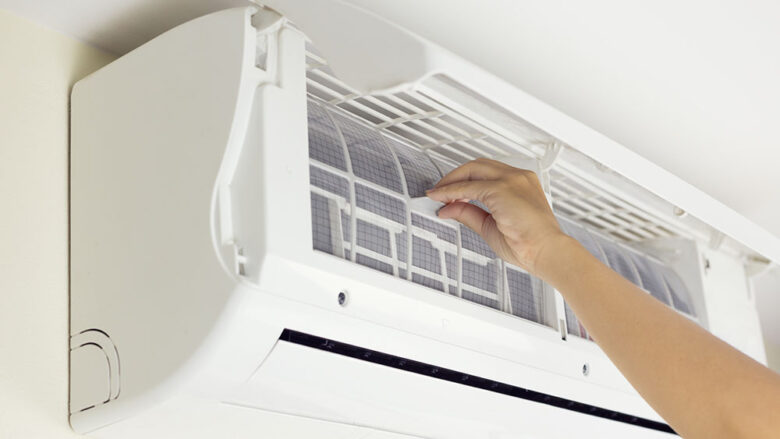
Common problems with air conditioners include poor cooling and water leaks. If your unit isn’t cooling well, clean or replace the air filter. A dirty filter restricts airflow and reduces efficiency. If water leaks from your unit, check the condensation drain. It might be clogged, causing water to back up and leak. Clear the drain using a wire or a specialized drain cleaner.
Toaster Troubles
If your toaster isn’t toasting evenly or at all, the issue could be with the heating elements. These elements glow red when they get hot. Turn the toaster on and observe. If some elements don’t glow, you’ll need to replace them. Most toasters allow easy access to the heating elements via a removable crumb tray at the bottom.
Blender Breakdown
Blenders usually face issues like a jammed blade or a smoking motor. If the blade is jammed, turn off the blender and unplug it. Remove the jug and manually rotate the blade to free any obstructions. If the motor is smoking, it might be due to overheating. Allow the blender to cool down before using it again. Prolonged smoking may indicate a damaged motor, which requires replacement.
Sewing Machine Setbacks
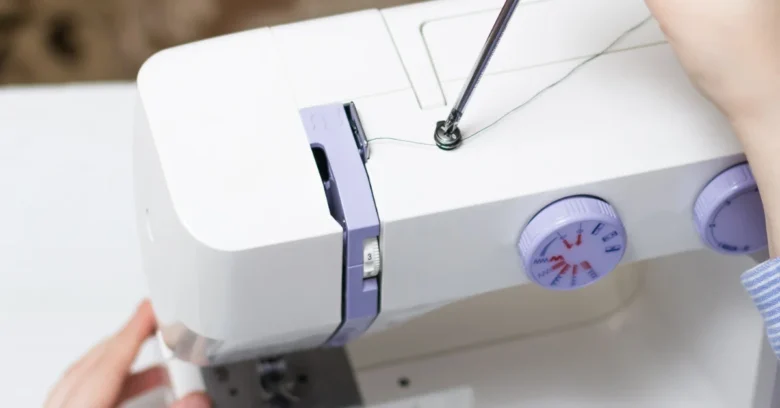
If your sewing machine is skipping stitches or tangling thread, the issue could be with the tension settings or the needle. Check the tension dial and adjust it to a mid-range setting. Replace the needle if it’s bent or dull, as this can also cause skipped stitches.
Dishwasher Dilemmas
If your dishwasher isn’t cleaning dishes well, check the spray arms for clogs. Small food particles can block the water jets. Clean the spray arms with a toothbrush to remove any debris.
Water not draining is another common problem. This can happen due to a blocked drain hose. Detach the hose and check for any blockages. Remove any clogs and reattach the hose.
Final Words
Repairing home appliances yourself can be rewarding, but it’s important to know when a professional is needed. If you’ve tried troubleshooting with no success, or if you’re dealing with complex electrical or mechanical issues, it’s best to consult an expert. Keep in mind that DIY repairs might void any existing warranties, so read your warranty information carefully before you start. Overall, with a little effort and precaution, you can fix many common appliance issues without needing the manual.

